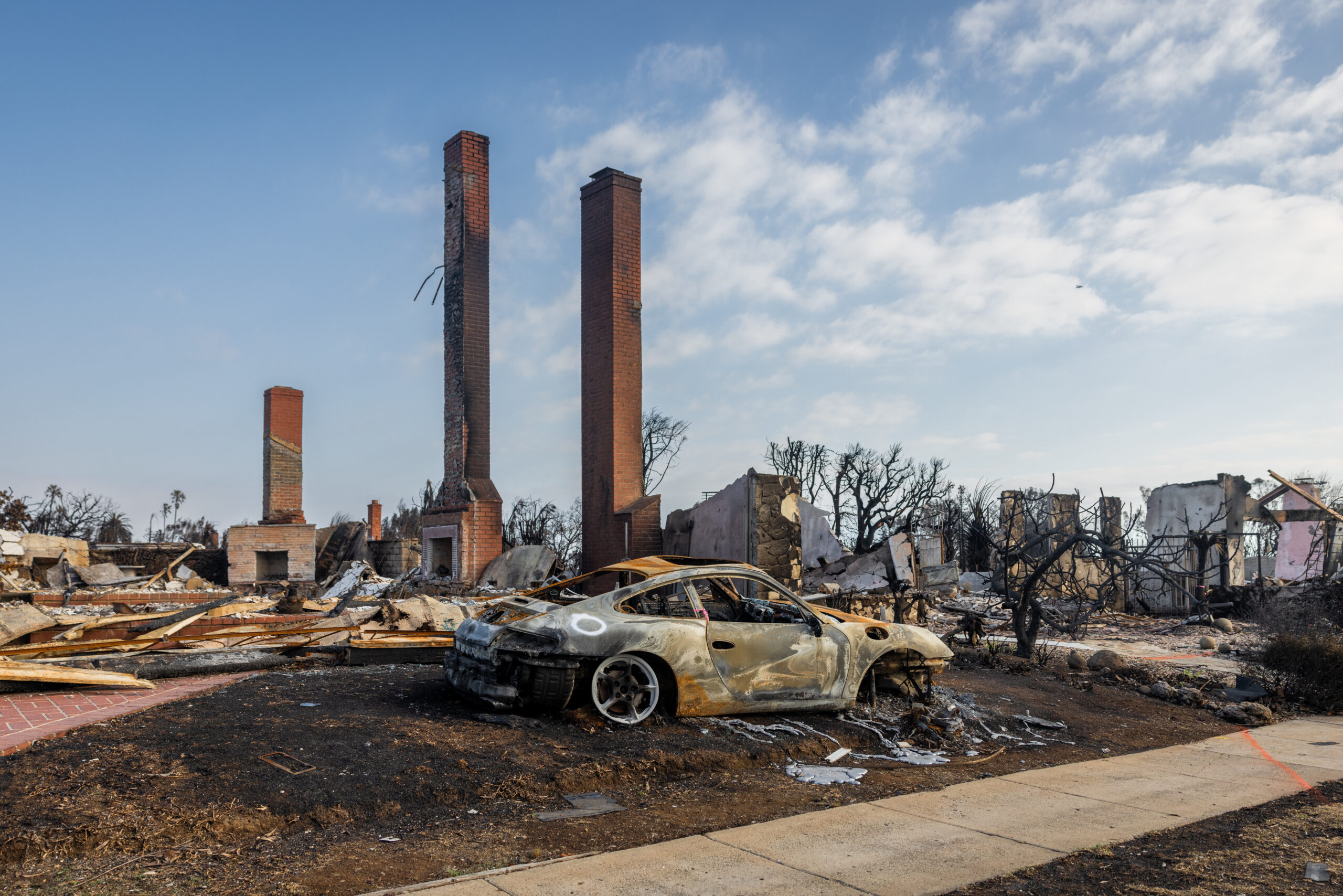A leak from an underground natural gas storage facility that has sickened Los Angeles residents and sent thousands from their homes has been out of control for 12 weeks and a possible fix is expected no sooner than March. Here are some things to know about it:
SCOPE OF THE PROBLEM
Gov. Jerry Brown declared an emergency for the Southern California Gas Co. leak that some environmentalists are calling the worst disaster since the BP oil spill in the Gulf of Mexico in 2010.
The leak first reported Oct. 23 has foiled efforts to contain it and some attempts may have made the problem worse.
In addition to bathing the Porter Ranch community in a foul smell that is blamed for nausea, nosebleeds, headaches and other symptoms, it has also released an immense amount of climate-changing methane equivalent at one point to about a quarter of the state’s total output of the gas.
A SoCalGas executive has said the leak is unprecedented and financial filings show the company anticipates spending $50 million a month for the complex effort to cap the leak and up to $7,500 a month for each of the 4,500 families being relocated through as late as April.
It also faces more than two dozen lawsuits, some of which are seeking class-action status.
POSSIBLE DANGER
The company has said the leak, which is located about a mile from the nearest homes, does not pose an imminent threat to public safety, but crews are working under safety restrictions around the flammable gas and efforts to stop the leak may have weakened the well and created a greater problem.
The Los Angeles Times reported Friday that a “blowout” is a concern after seven attempts to plug the leak by pouring a muddy mix into it.
A blowout would send a large amount of gas directly up the well instead of dissipating through the ground and could cause a massive fire if sparked. Workers cannot use cellphones and wear watches at the site because of fire danger.
“If the wellhead fails, the thing is just going to be full blast,” Gene Nelson, a physical sciences professor at Cuesta College said. “It will be a horrible, horrible problem. The leak rates would go way up.”
Attempts to stop the high-pressure leak with a briny solution have created a crater around the wellhead and opened up a vent in the ground some 20 feet from the well.
Sempra Energy, which owns the gas company, would not comment on the blowout danger.
The company is drilling a relief well to intercept the well and plug it about a mile-and-a-half underground where it taps into a vacant oil field storing natural gas.
THE GAS COMPANY’S RESPONSE
SoCalGas initially acted slowly to publicly acknowledge the leak and notify residents about what happened.
It eventually apologized for its response and has posted on a website daily updates and results from twice-daily air quality tests as part of efforts to be more open with the public about what’s going on.
In summarizing air quality reports, the company understated levels of the cancer-causing chemical benzene found in the community.
After inquiries from The Associated Press, SoCalGas acknowledged Thursday that higher-than-normal readings had been found at least 14 samples. It previously stated that just two air samples over the past three months showed elevated concentrations of the compound.
A spokeswoman said the error was an oversight that would be corrected.
The incorrect information was still on the website Friday.
WHERE IS THE GOVERNMENT?
An alphabet soup of state and local government agencies are overseeing work at the site of the leak and issuing a variety of orders to fix the problem.
The Los Angeles County Department of Public Health ordered the company to relocate anyone seeking to move while the leak continues. The South Coast Air Quality Management District issued a notice of violation for the leak and can assess penalties ranging from $1,000 to $1 million a day for each day of the nuisance.
The state Division of Oil, Gas, and Geothermal Resources is overseeing efforts to stop the leak and will investigate the cause once it’s plugged.
California lawmakers proposed bills this week that will carry stronger regulations to prevent future incidents like the one at the Aliso Canyon facility.
One proposed bill would require safety valves on such wells. The leaking well previously had a safety valve, but it was removed in 1979 after it leaked. A replacement wasn’t required.
Lawmakers want the company to cover the costs of the leak, pay for greenhouse gas emissions and not pass them on to customers through higher rates.
Was this article valuable?
Here are more articles you may enjoy.

 Family of Canadian CEO Killed in Helicopter Crash Files $35 Million Lawsuit
Family of Canadian CEO Killed in Helicopter Crash Files $35 Million Lawsuit  UK to Compel 1,000 Firms to Shore up Cyber Defenses After Hacks
UK to Compel 1,000 Firms to Shore up Cyber Defenses After Hacks  Trump’s Tariffs Threaten to Endanger the Cheap American Car
Trump’s Tariffs Threaten to Endanger the Cheap American Car  Wall Street Brokers Start Trading Insurer Claims From LA Fires
Wall Street Brokers Start Trading Insurer Claims From LA Fires 